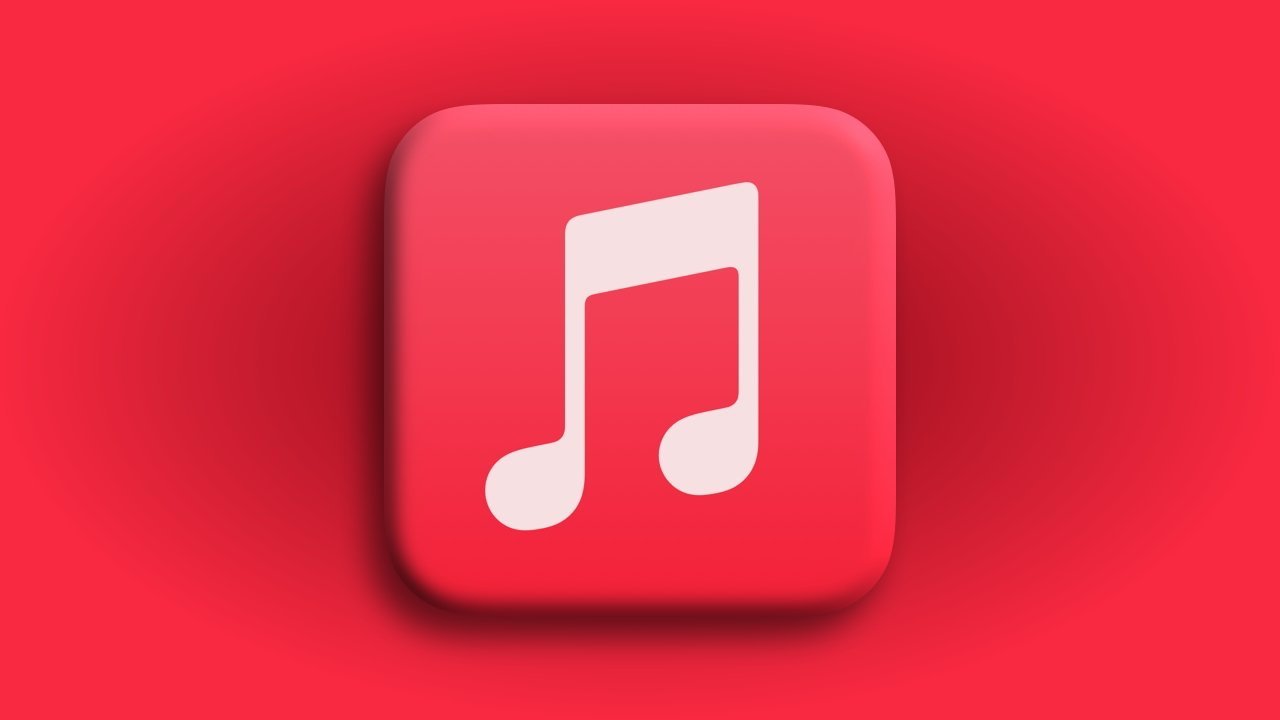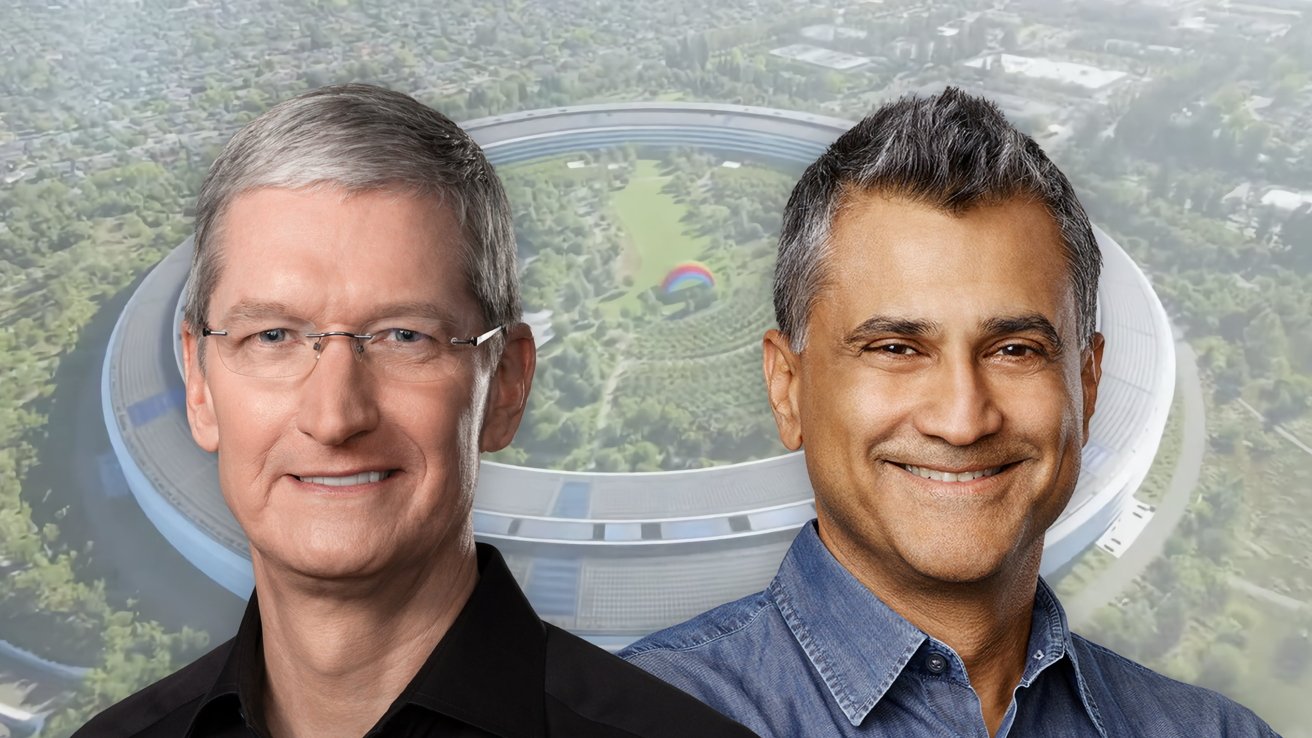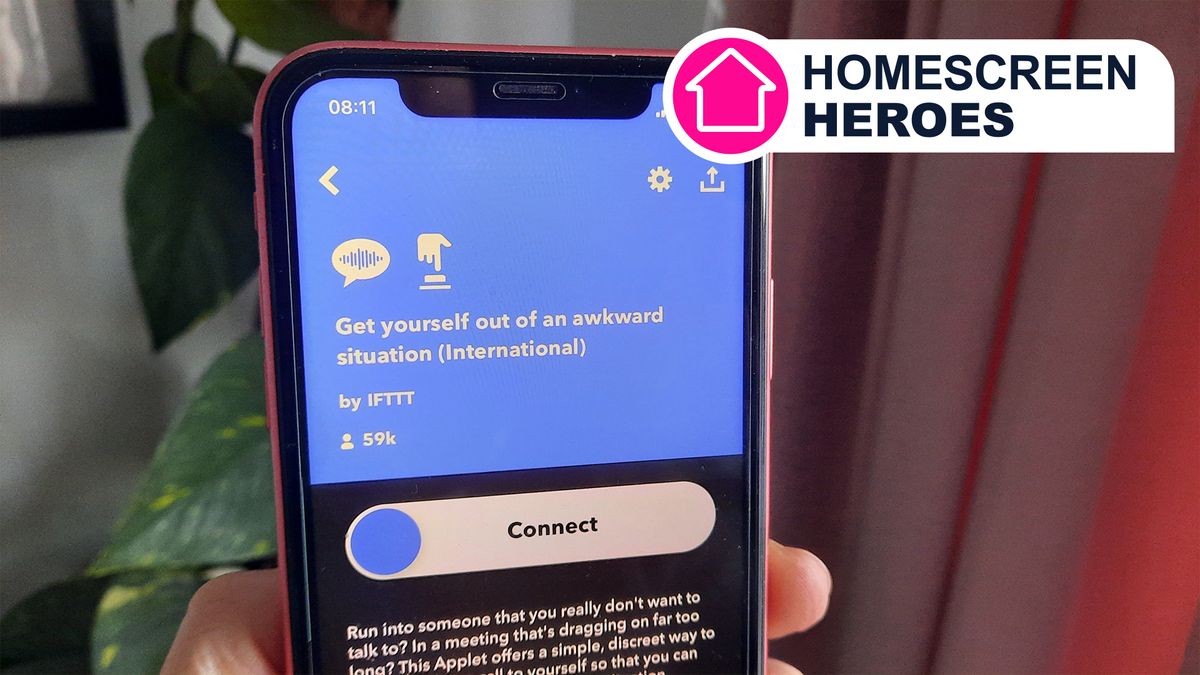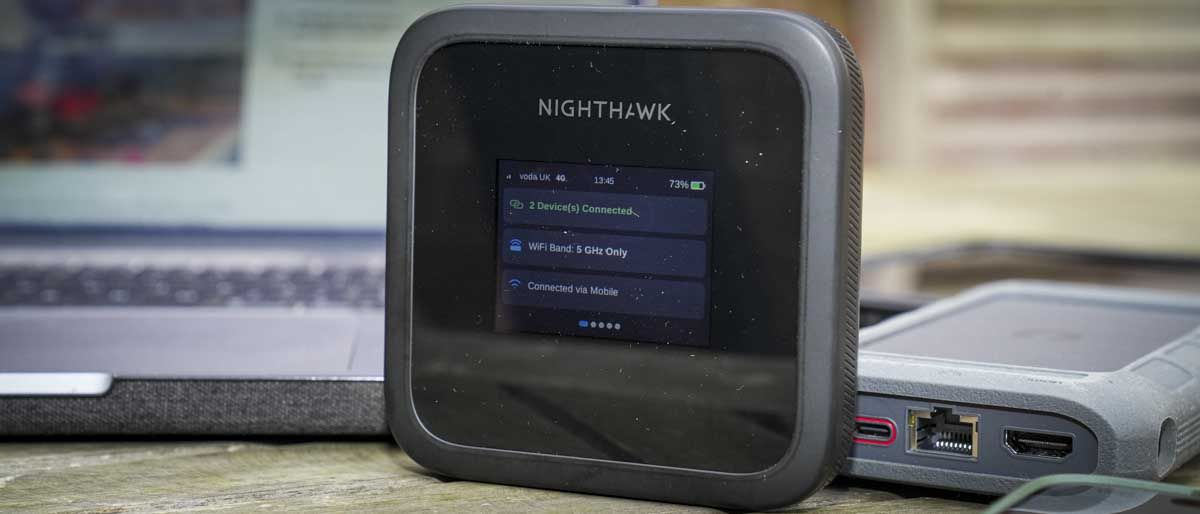25 years of Apple Innovation -- iTunes Music Store. The fourth of Apple's top 10 major areas of innovation in the last 25 years is 2003's iTunes Music Store. Here's how Apple transformed the music industry and created an entirely new digital media marketplace. The first segment discussed Apple's 2000 release of Mac OS X Public Beta, its first important area of innovation in the last 25 years. The second segment focused on Apple's reinvented retail operations. The third segment introduced iPod. The fourth details how Apple brought retail to digital media within iTunes.
"Innovation" brings to mind the explosive new creations of the iMac, iPod and iPhone. But the greatest potential opportunity for change can also come from a devastating destruction of the status quo, paving the way for something really new. By the year 2000, the foundations of the enormous 20th Century recording industry had been fatally struck by file sharing. Over the next 25 years of the new millennium, Apple tasked itself with a global rebuilding of the music industry. The alternatives could have been terrible.
The commercial lifeblood of all cultural expression from studios and theater, animated by decades of work devoted to licensing and performing rights and infused with everything that perpetuated the existence of Old Media, had been blind-sighted in the late 90s by the sudden impact of the digital Internet. The vast global business of CD sales was effectively left for dead as an enormous roadkill on the information super highway. Rapid advances in bandwidth and processing speeds in the late 90s suddenly turned the CD from a physical media into a stream of bits that could be duplicated and rebroadcast anywhere, effortlessly.
The collapse of the initial internet bubble "dot com" economy, starting in 2000, helped to deflect some panic away from the music industry, but the reality was clear: the CD sales that had been inflating the music industry were now leaking air with the violence of the Hindenburg. CDs sales hit a $22 billion peak in 1999 just as Napster file sharing, burnable CD-Rs and new trend towards mobility opened up alongside iPod.
Suddenly the global music industry was facing a crisis similar to the one Apple itself had experienced in the 90s. If anyone can copy all of your work, without paying you anything, you've got nothing. When Microsoft stole the core foundations of the Macintosh, Apple had to scramble together a new newer, better Mac experience to fight for a right to exist. Now that everyone had free rein to copy and paste digital music, the industry had to figure out how to create and sell a new digital experience.
They were unable to figure this out on their own. Sony, which had helped build recording hardware with its iconic Walkman, had also delved into the software business. It was making the memory and processors and recordable optical technologies that were imperiling the same recording business it now owned. Sony attempted to create a new MiniDisc format that would use its ATRAC DRM security to prevent buyers from ripping and mixing their own music. It hoped to use its ATRAC music format to enable a digitized version of CD sales that could work across PCs and music devices, but couldn't quite pull things together.
In fact, much of the music industry was seeking to find a simple replacement for CDs that could hold back the tide of permissive file sharing with some sort of encryption. They hoped to get right back to selling increasingly expensive albums with just one or two hit songs, as they had been for years. Microsoft similarly pursued its own Windows Media DRM, seeking to tie digital rights management to Windows. The music labels desperately needed some solution, but didn't want to hand over control to an existing monopolist either.
That made Apple an attractive alternative. The fledgling return of Apple, its new Mac OS X alternative platform and its experience in digital media with QuickTime all helped create a viable third option that promised a better experience for users, contained within the sandbox of Apple's higher end customers. Steve Jobs negotiated deals with the existing five major recording labels, Universal, Sony, Warner, EMI and BMG, which allowed Mac users access to buy 99 cent songs and $9.99 albums using Apple's simple FairPlay DRM in the new iTunes Music Store in the spring of 2003.
Apple's new iPod and iTunes-equipped Macs had been enabling users to listen to music from their own CDs as well as songs distributed as MP3 files. The new iTunes Music Store created a legal marketplace to allow buyers to browse and download new music, and pay for each track individually. While iTunes couldn't change the fact that Napster, Kazaa and other "free" sharing platforms existed, it did create a functional, easy to use retail experience as welcoming as Apple's own retail stores created to sell Macs and iPods.





























